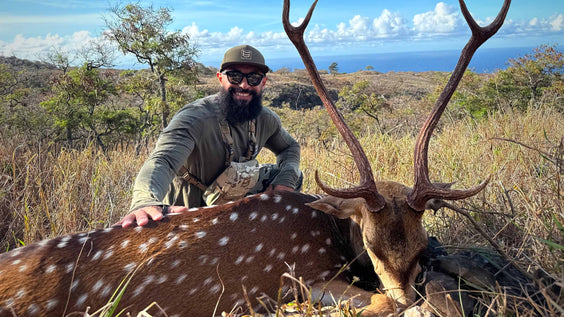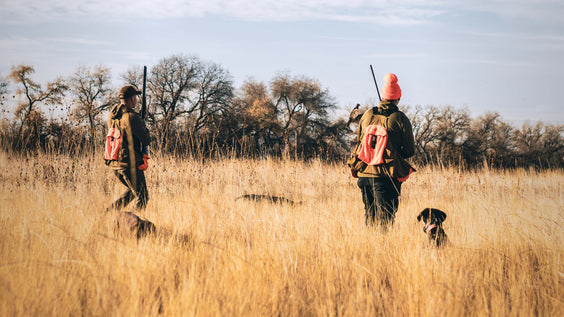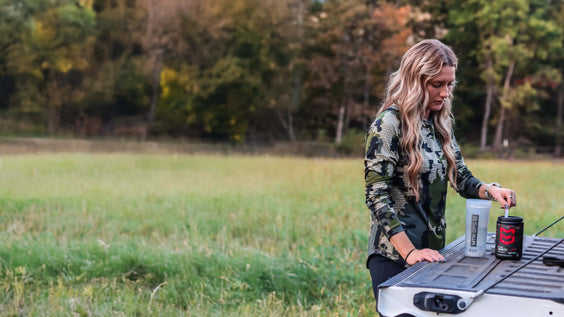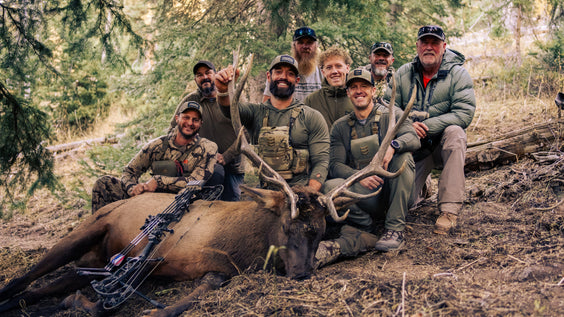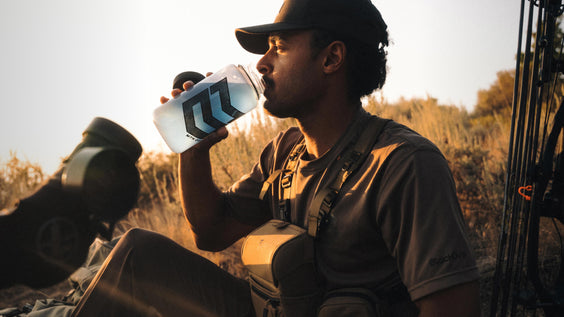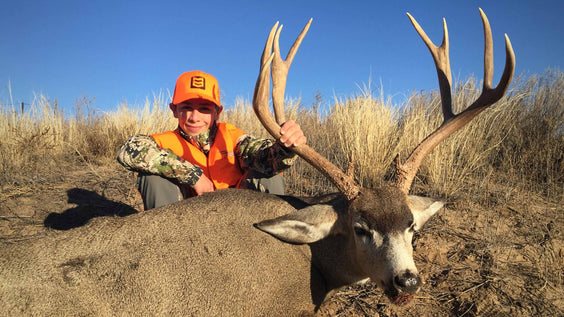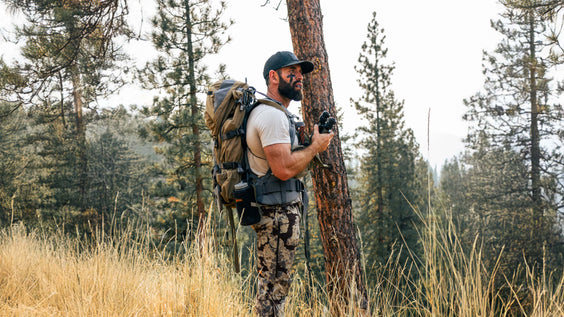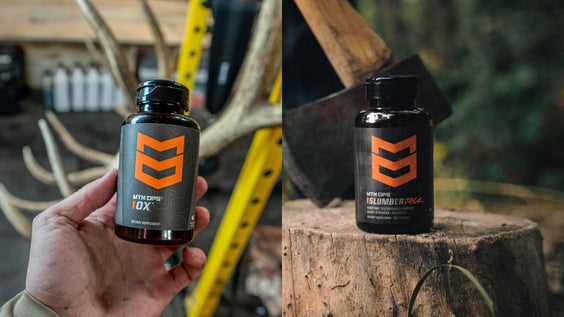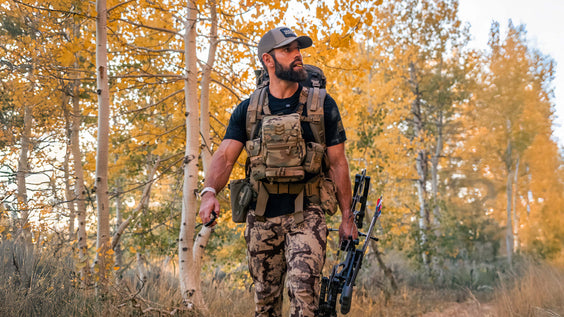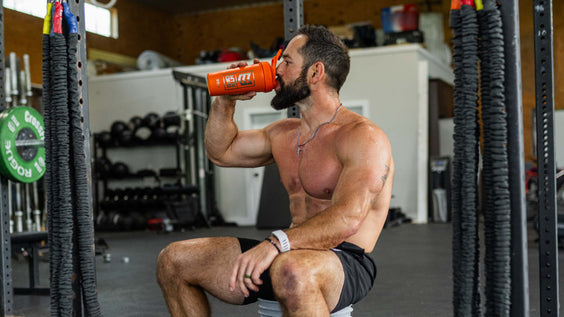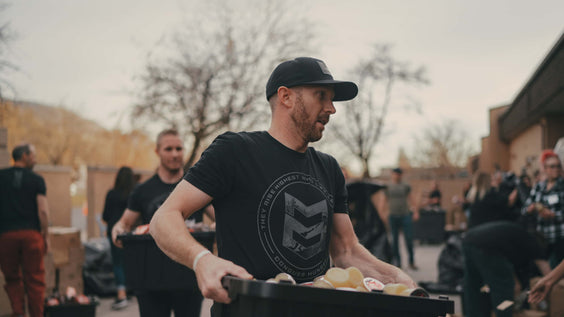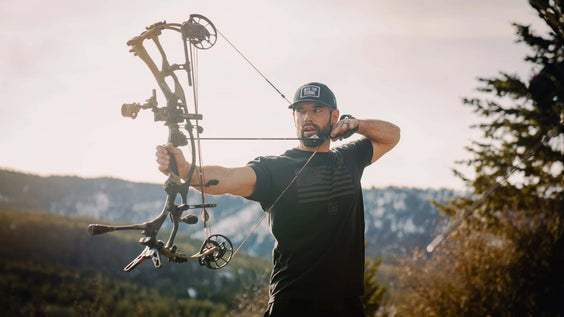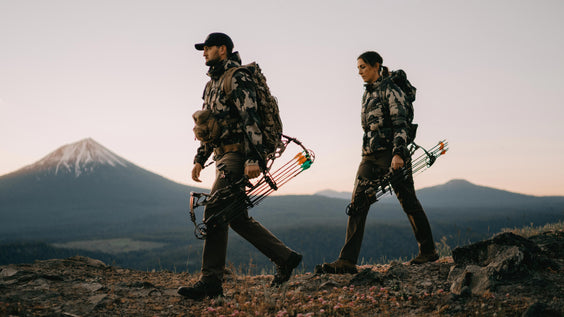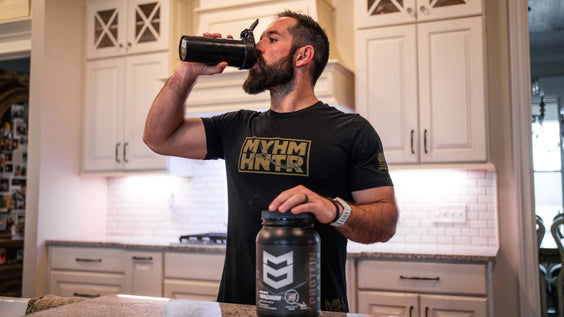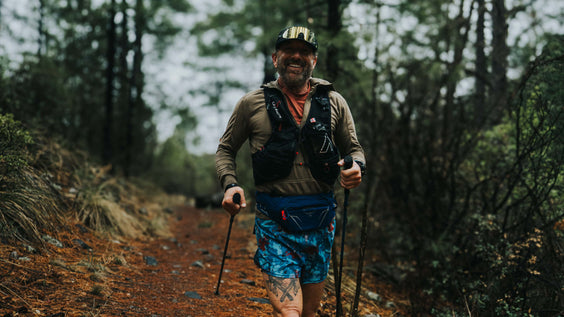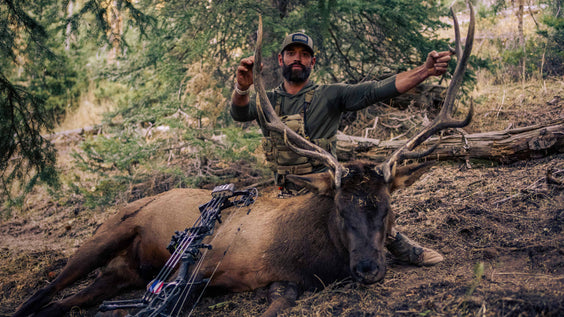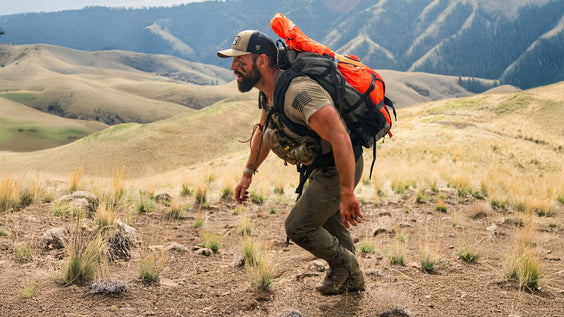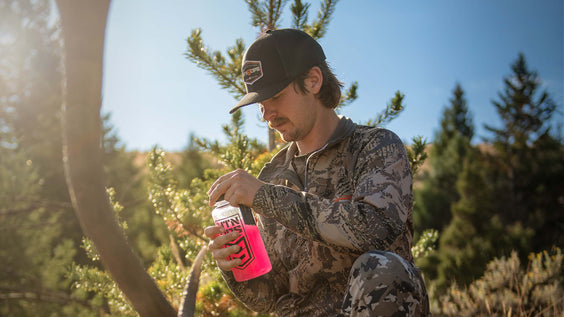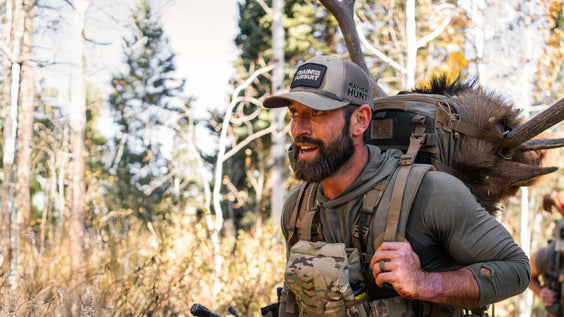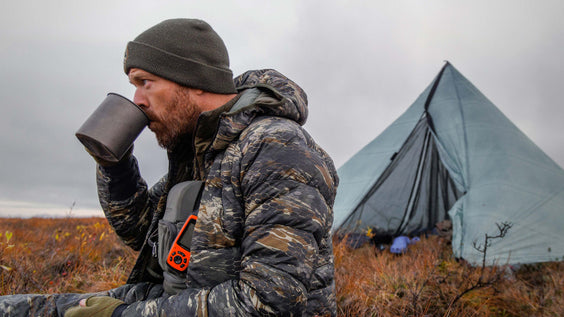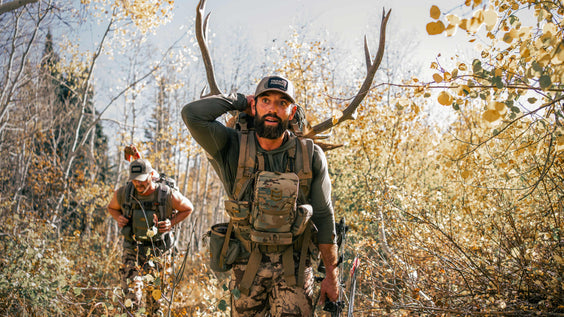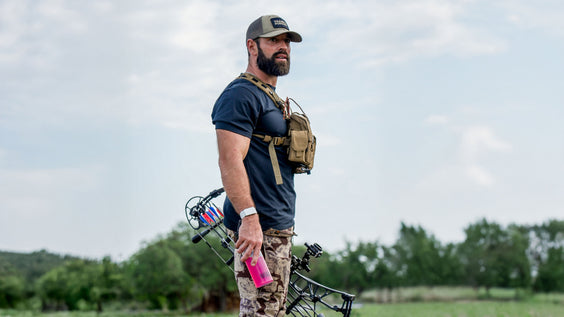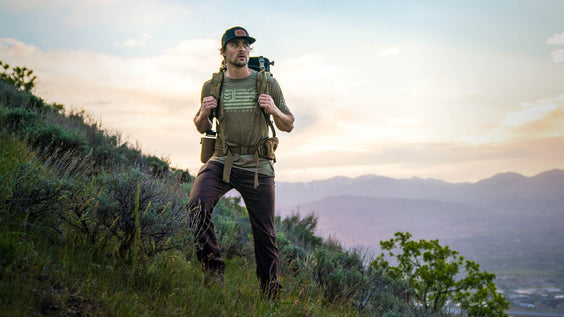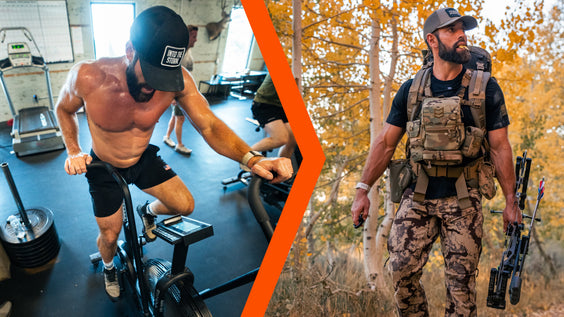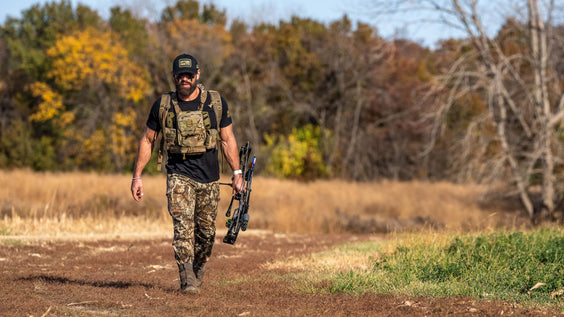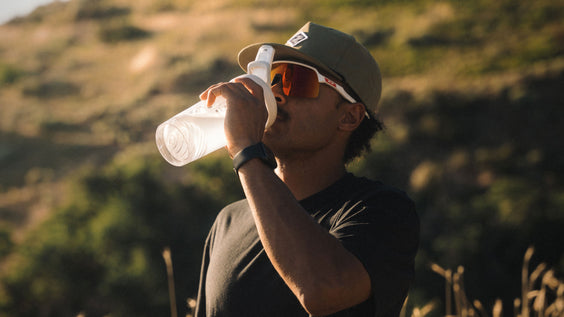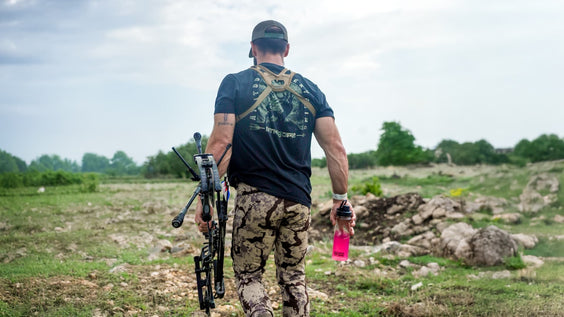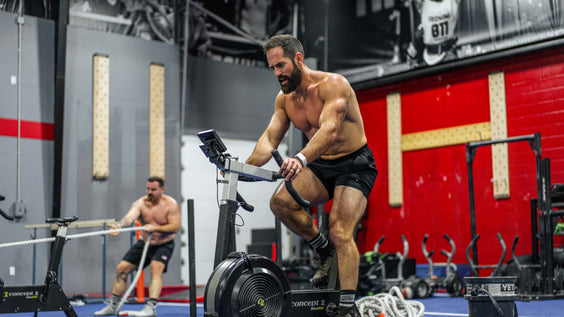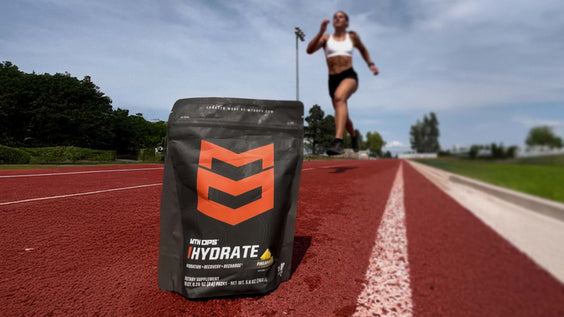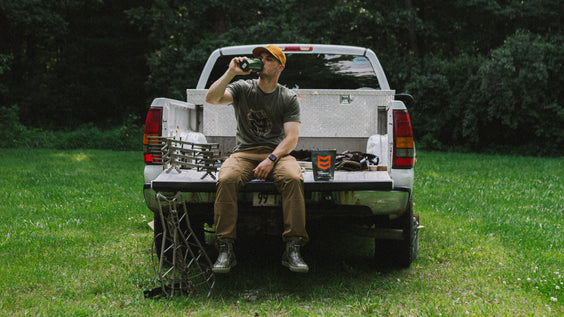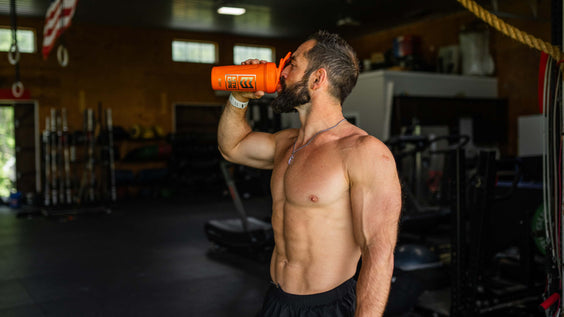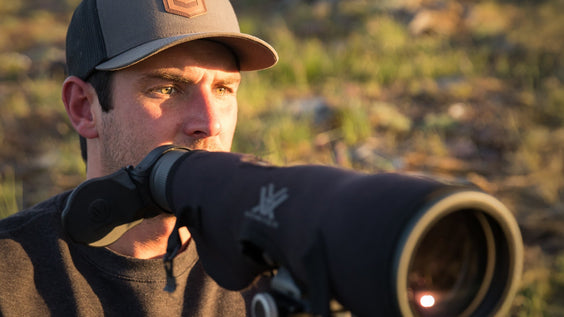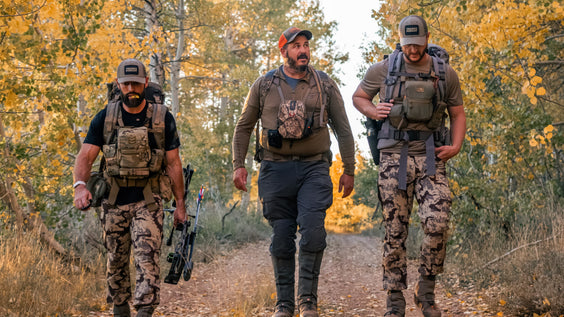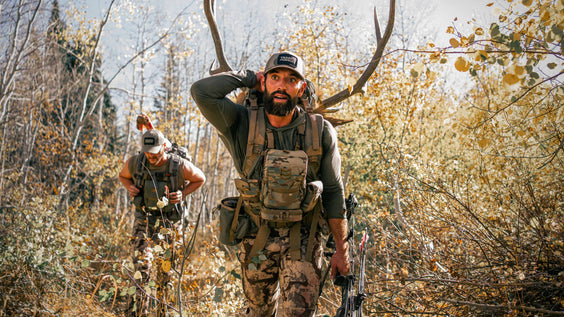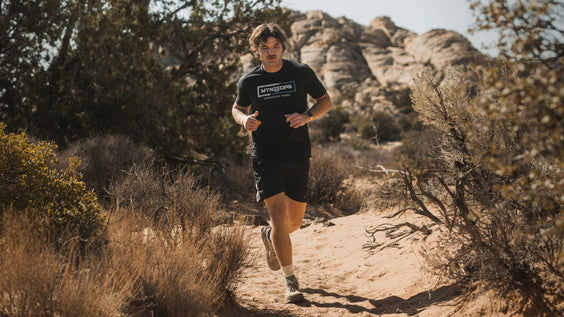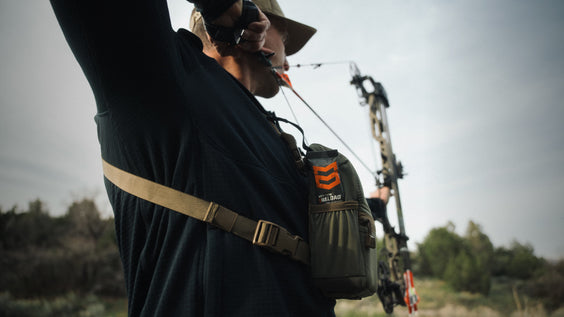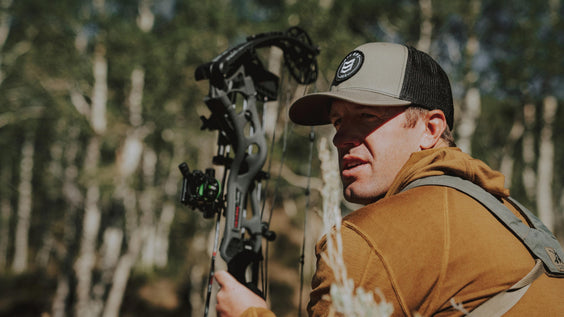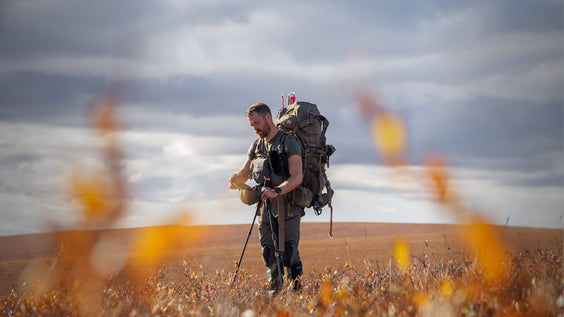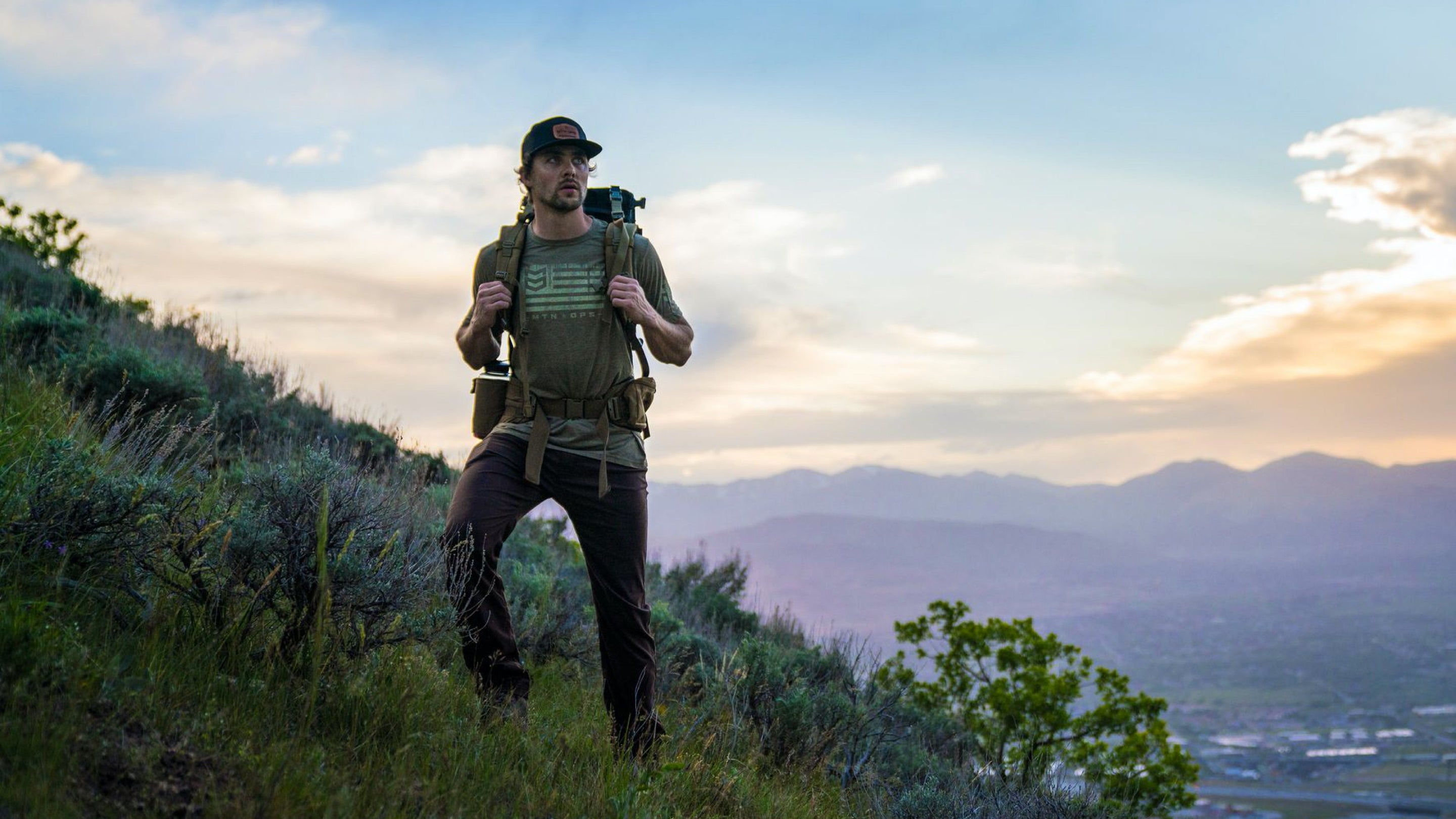
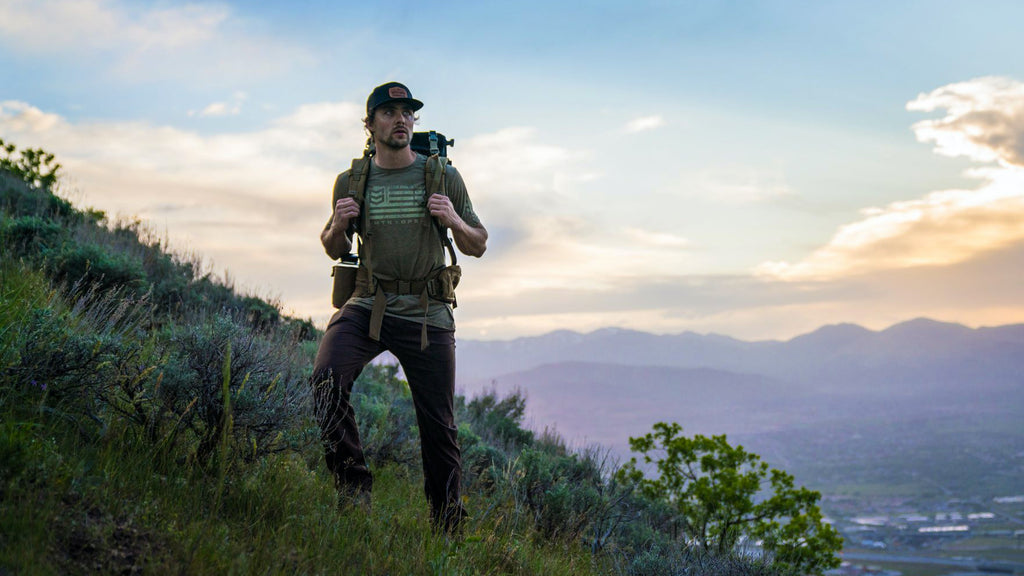
Fall Hunting Season Starts Now: Your Guide to Training, Prepping, & Scouting Early
May 20, 2025
By MTN OPS TEAM
By Preston Ward, DPT | MTN OPS Advisory Board Member
If you’re waiting until September to start training for hunting season, you’re already behind. The truth is, fall success starts in the spring. Whether you're chasing elk deep into the backcountry or spending long hours in a blind, how you prepare now determines how you’ll perform when it matters most.
There’s no such thing as an “off-season” for those who truly live for the hunt. Hunters, outdoorsmen, and backcountry athletes know that building a strong, mobile, and injury-resistant body now is the best way to earn more time in the field later.
Train Like the Mountains Are Watching
Hunting isn't just a hobby—it’s an athletic pursuit. It’s a passion. It’s a way of life.
You're carrying a pack, covering uneven terrain, climbing elevation, and—if you’re lucky—packing out a heavy load of lean, organic protein. If you want to thrive, not just survive, in the backcountry, your body has to be up for the task.
Your pre-season training should be taken just as seriously as your peak-season performance. Training early helps reduce the risk of injury and increase endurance when you need it most.
Ultimately, your success comes down to one thing: time in the field.
If your body breaks down, your hunt ends early. But if you invest in building resilience now—rehabbing old injuries, addressing weaknesses, and training smart—you’ll be able to go longer, recover faster, and stay in the game.
Don’t Just Prep Your Gear—Prep Your Body
Hunters love gear—and for good reason. But there’s no piece of equipment more valuable than a healthy, capable body.
Many folks will spend months tuning their bow, zeroing their rifle, and upgrading their optics… all while ignoring the chronic back stiffness or knee pain they’ve had since last season. That’s the kind of stuff that sidelines you—or keeps you from showing up at all.
Pro Tip: Start training with the gear you’ll use in the field. Load your pack, lace up your boots, and move in the layering system you plan to wear. The goal is to make your environment feel familiar, so your body is ready to perform.
Know Where You Stand
Training shouldn’t be a guessing game.
Start by assessing your baseline. How many push-ups can you do? How’s your balance under load? Where are your weak points?
Most people train what they’re already good at—but the real wins come from attacking weaknesses until they become strengths.
There are some great free resources out there, like the Backcountry Mobility Guide, which offers a self-assessment and helps identify key areas to improve movement and prevent injury. If you want to move better, that’s a great place to start.
Scouting Season Is Also Training Season
Scouting doesn’t just give you intel—it gives you conditioning.
Use spring and summer to:
🥾 Break in boots and test new gear in real terrain
🏋️♂️ Build up cardiovascular capacity under load
⏱️ Prepare your body for long, demanding days on your feet
Every step you take now makes you more durable come fall.
Focus on These 4 Training Areas
1. Strength
You’ll need strong legs for climbing, a stable core for pack-outs, and durable shoulders for shooting and hauling gear.
Try: squats, lunges, step-ups, deadlifts, and carries.
2. Mobility
Tight hips, stiff ankles, and restricted shoulders are liabilities.
Use bands, mobility drills, and light resistance to keep your body moving efficiently.
3. Endurance
You need stamina to go the distance and stay sharp at the shot.
Aim for consistent cardio sessions at least 3x/week—ramping up gradually.
4. Stability & Balance
Unpredictable terrain requires control.
Single-leg movements like Bulgarian split squats, side planks, and balance drills are great additions.
Your Best Season Starts Now
The hunters who fill tags in the fall are the ones preparing with purpose in the spring. You can’t control the weather, the animals, or the terrain—but you can control your readiness.
Preston Ward, a Doctor of Physical Therapy and trusted advisor to MTN OPS, works closely with high-performing hunters and athletes across the country. His message is clear: Train early, train smart, and treat your body like your most valuable gear.
Because in the mountains, your greatest edge isn’t what’s in your pack—it’s you.






